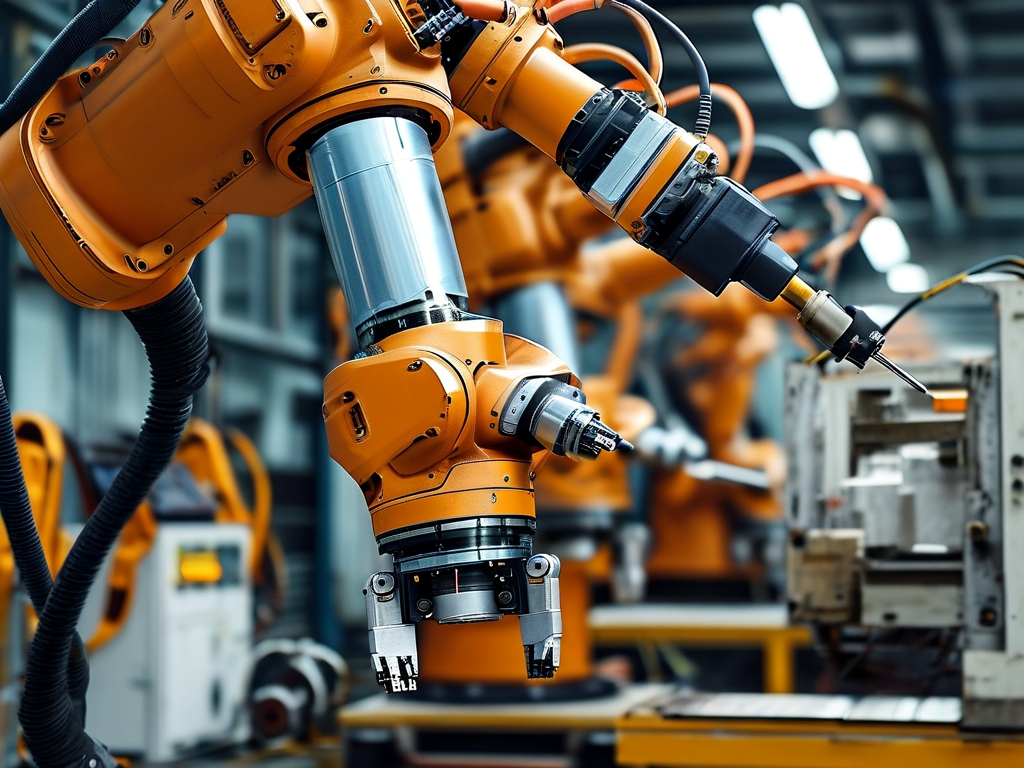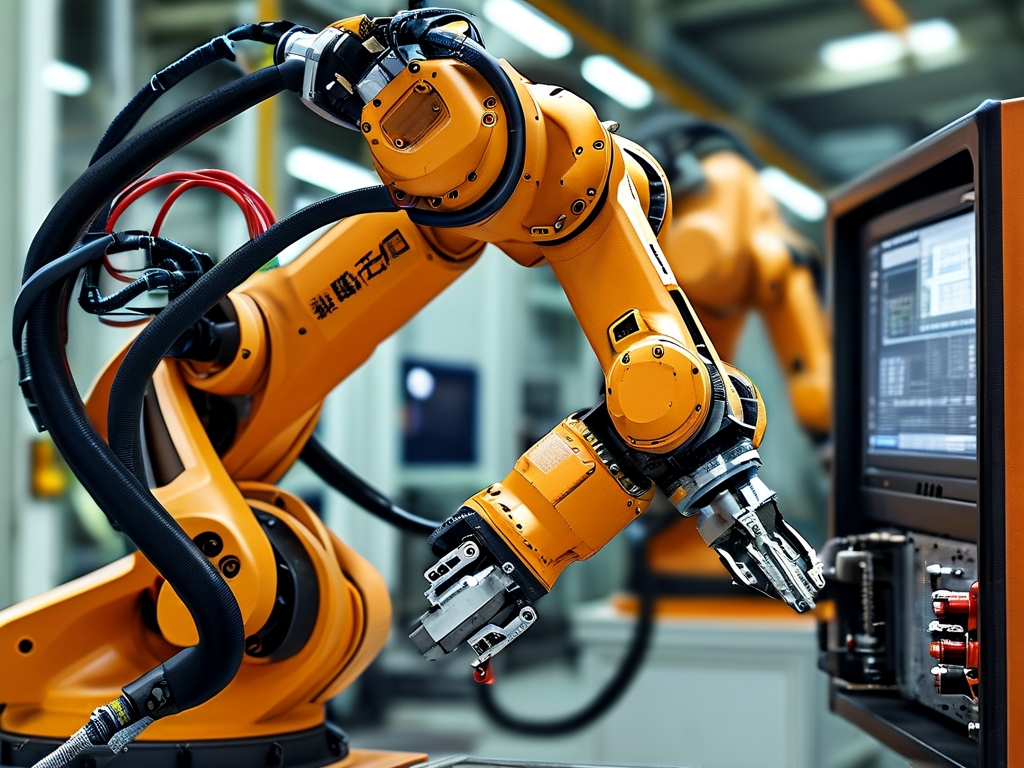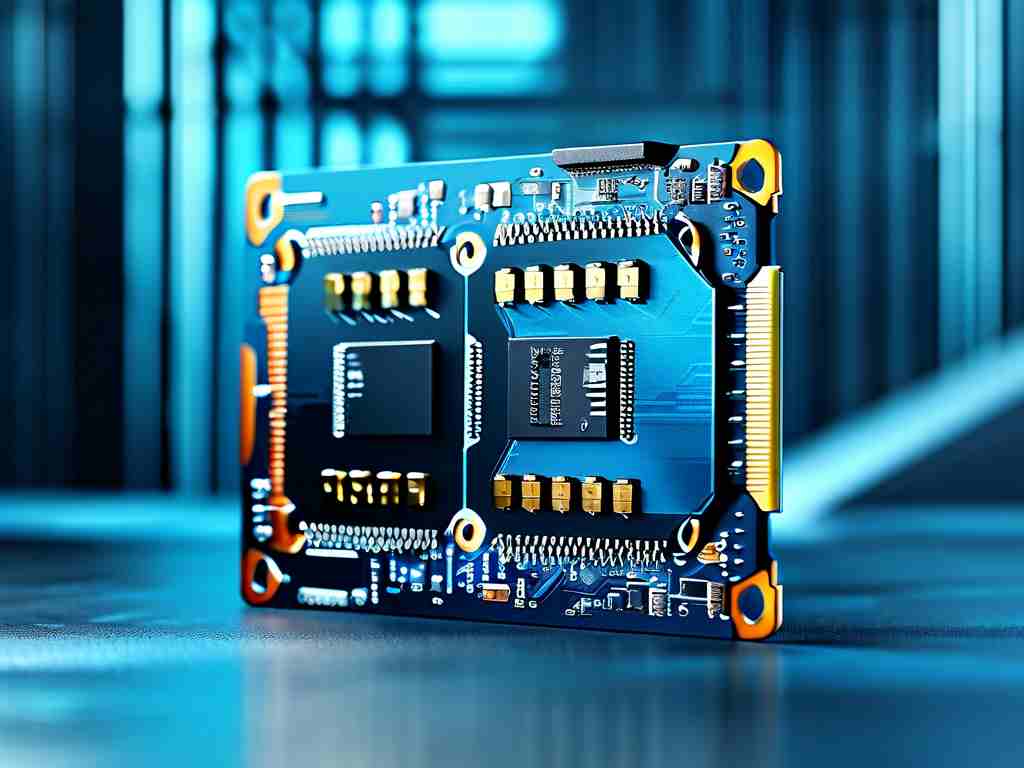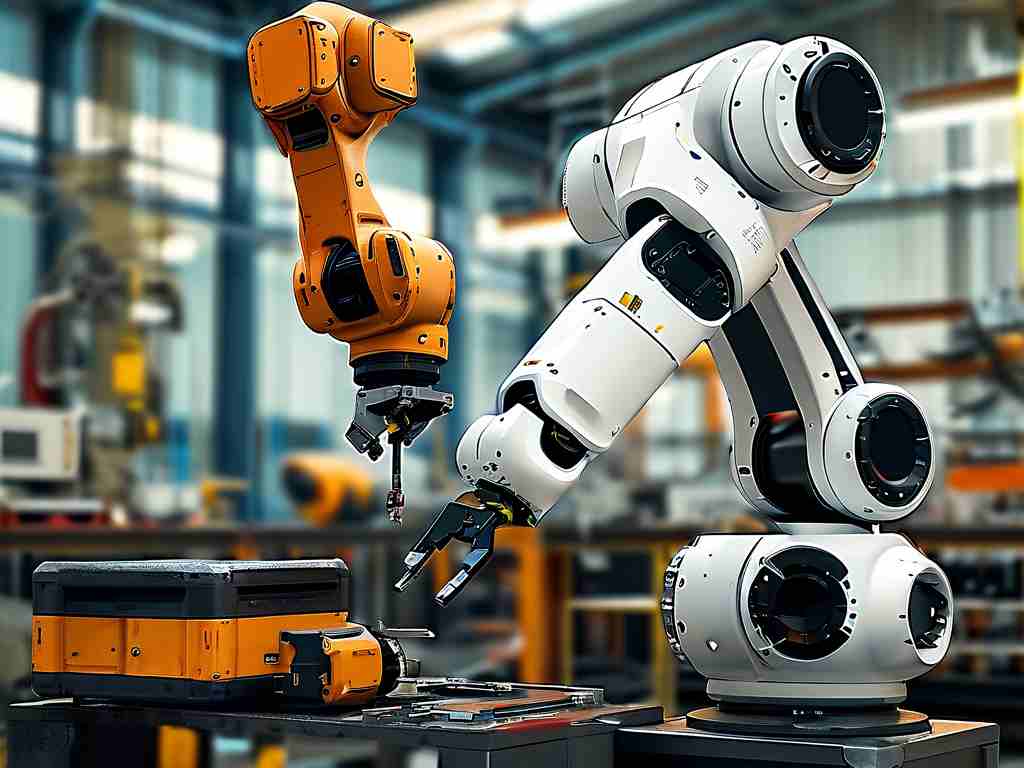As a manufacturing hub in Southern China, Zhongshan has witnessed rapid growth in industrial automation, with robots becoming indispensable assets for factories. This article explores specialized maintenance strategies for industrial robots in Zhongshan’s unique operational environment, offering actionable insights for technicians and plant managers.

The Critical Role of Maintenance in Robotics
Industrial robots in Zhongshan’s electronics and appliance manufacturing sectors often operate 20+ hours daily. Prolonged exposure to high humidity and temperature fluctuations accelerates wear on components like harmonic drives and servo motors. Unlike generic maintenance approaches, localized solutions must account for these environmental factors – a key differentiator for Zhongshan-based technicians.
Common Failure Patterns Observed
Analysis of 120 repair cases from Zhongshan’s industrial parks reveals three prevalent issues:
- Encoder Signal Disruptions (38% of cases): Often caused by electromagnetic interference from adjacent machinery
- Grease Degradation (27%): Accelerated by subtropical climate conditions
- Axis Alignment Drift (19%): Particularly in assembly-line robots handling precision components
Advanced Diagnostic Protocols
Leading repair centers in Zhongshan now employ a four-stage diagnostic process:
- Vibration Spectrum Analysis: Detects abnormal frequencies in RV reducers
- Thermal Imaging: Identifies overheating joints before critical failure
- Backlash Measurement: Uses laser alignment tools for micron-level accuracy
- Firmware Deep-Scan: Uncovers hidden errors in robot controllers
Specialized Tools for Southern China Conditions
A Zhongshan-developed maintenance kit includes:
• Humidity-resistant conductive grease (ZH-9 formula)
• IP67-rated connector testers
• Vibration-dampening shim sets for concrete-floored factories
Training Local Technicians
The Zhongshan Robotics Association reports a 40% increase in certified maintenance specialists since 2022. Their curriculum emphasizes:

- Interpretation of FANUC error codes specific to PCB handling robots
- Custom calibration procedures for six-axis welding arms
- Emergency shutdown protocols for injection molding cells
Case Study: Automotive Parts Manufacturer
A local auto parts plant reduced downtime by 62% after implementing these measures:
- Installing desiccant cartridges in robot control cabinets
- Switching to ceramic-coated bearings in axis joints
- Adopting predictive maintenance software analyzing 78 performance parameters
Emerging Technologies in Repair
Pioneering workshops now integrate:
- AI-assisted fault prediction using historical operation data
- AR-guided component replacement through smart glasses
- Blockchain-based maintenance record tracking
Cost Optimization Strategies
Preventive maintenance programs in Zhongshan demonstrate ROI within 14-18 months. Key components receive priority attention:
- Replacement of strain wave gears every 12,000 operational hours
- Annual recalibration of force-torque sensors
- Quarterly lubrication of linear guide rails
Environmental Compliance Considerations
Recent Guangdong Province regulations mandate:
• Proper disposal of contaminated robot grease
• Energy efficiency certifications for refurbished robots
• Noise reduction standards for repair workshops
Future Development Trends
Zhongshan’s robotics service sector is evolving toward:
- Mobile maintenance units serving multiple factories
- Robot-as-a-Service (RaaS) maintenance packages
- Cross-training with IoT specialists for smart factory integration
For enterprises in Zhongshan’s manufacturing ecosystem, mastering these specialized maintenance techniques isn’t just about equipment preservation – it’s a strategic imperative for maintaining competitive advantage in China’s evolving industrial landscape. Regular skill upgrades and technology adoption will remain critical as production demands intensify and automation complexity increases.









